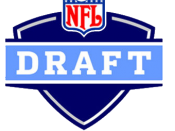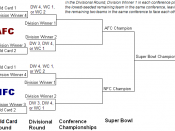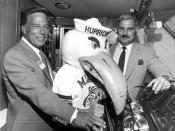$3,676,400. That is the amount that the average National Football League player will earn over a three-year period . It is also the amount that prospective players lose as a direct result of the NFL's rule prohibiting players from entering the draft until they have been out of high school for three years. This monetary loss is one of the reasons that the rule is unreasonable and therefore illegal. Additionally, the rule violates the Sherman Anti-Trust Act, mainly because of the unchecked power that the NFL wields over the market of professional football. As a result of the illegality of this rule, which stems from both the rule's breach of the Sherman Act as well as its being unreasonable, the rule should be abolished.
The first NFL Draft Eligibility Rule was established in 1925, after Harold Grange was signed to the Chicago Bears in his third season playing college football.
The rule, as it was adopted in 1925, stated that a team could only sign a player who had played four complete seasons in NCAA Football or was out of high school for the duration of five complete NFL seasons. Sixty-five years later, in 1990, the National Football League revised the rule. The new eligibility rule read as follows: "Applications for eligibility will be accepted only from college players as to whom three full college seasons have elapsed since their high school graduation. " The rule, as it stands today, is that a player can only be deemed eligible for the NFL Draft after three complete NCAA Football seasons have been played. The NFL is the only professional sport which imposes such a restraint on prospective players.
Although the rule has been in existence for over eighty years, over which time it restrained thousands of prospects, it has been...


